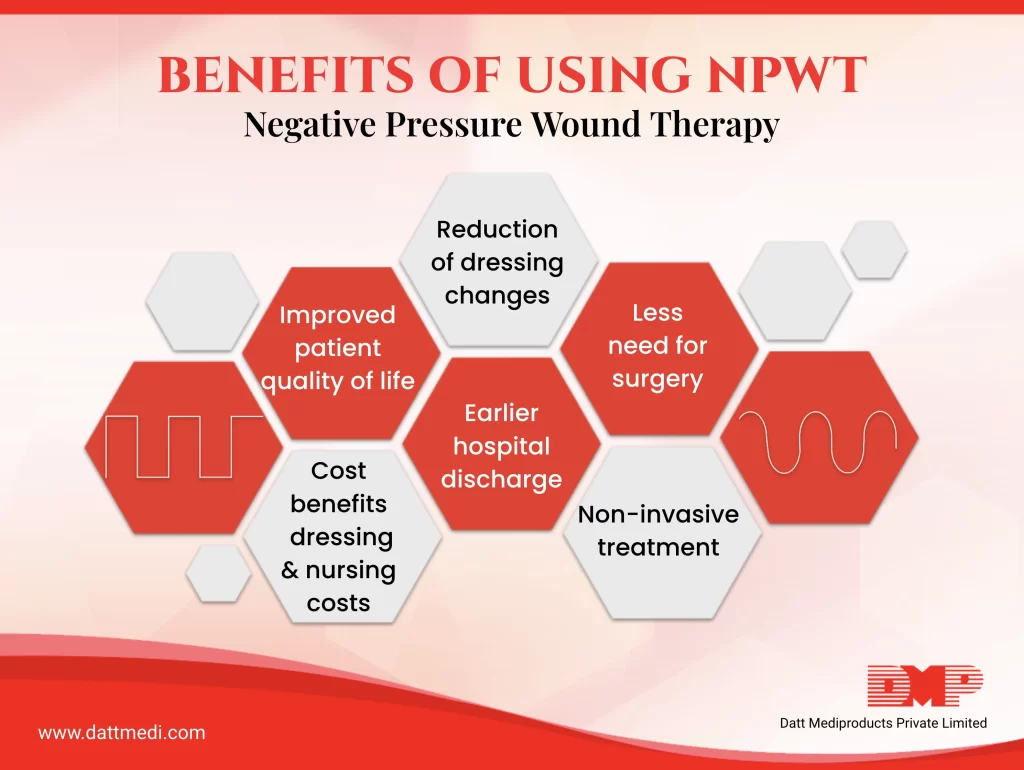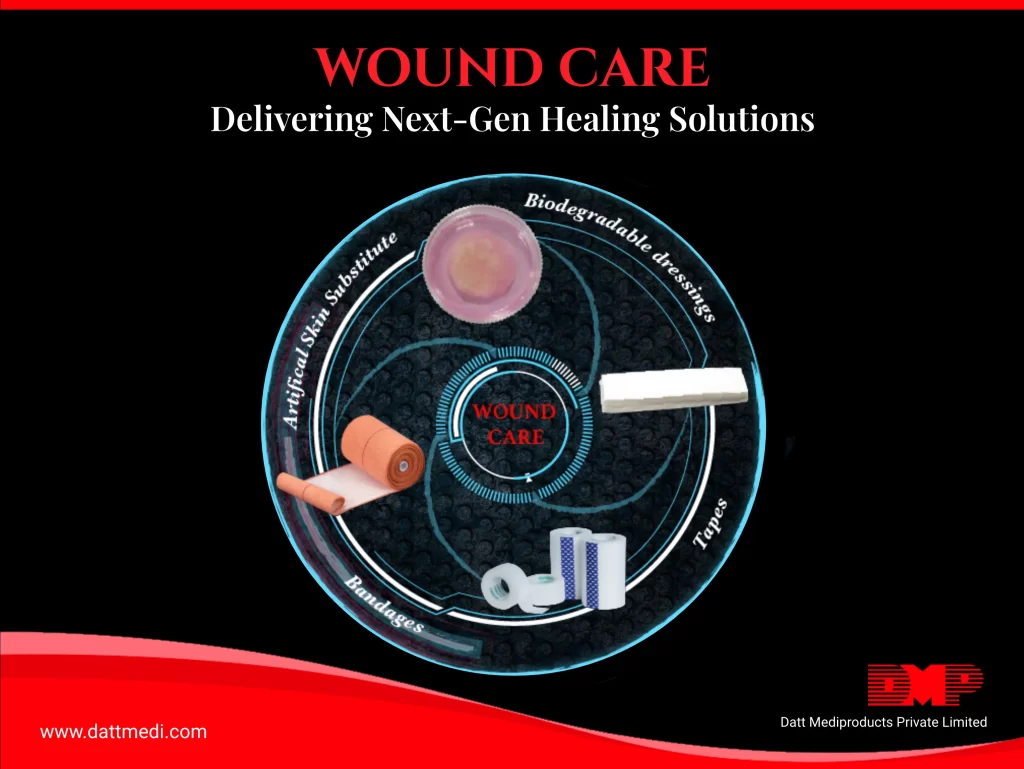
Wound Healing is a complex and dynamic process. It involves 3 to 4 distinctive phases in order to replace devitalised and missing cellular structures and tissue layers.
Wound healing is a normal biological process of human body.
(more…)

Wound Healing is a complex and dynamic process. It involves 3 to 4 distinctive phases in order to replace devitalised and missing cellular structures and tissue layers.
Wound healing is a normal biological process of human body.
(more…)
“A patent is an intellectual property right which provides it’s owner right to exclude others from making, using, selling, and importing an invention for a limited period of time, usually twenty years, without authorization.”
The Trade-Related Aspects of Intellectual Property Rights (TRIPS) Agreement between the member nations of the World Trade Organization (WTO) specifies the protection and enforcement procedures for all the intellectual property rights including Patents.
(more…)
Founded in 1995, Datt Mediproducts Pvt. Ltd. started its journey as an Export Oriented Unit dealing in medical textile disposables. For the last 17 years, we have been providing our services to the medical industry. We now sell our products all over India as well as overseas also.
(more…)
Datt Mediproducts Private Limited